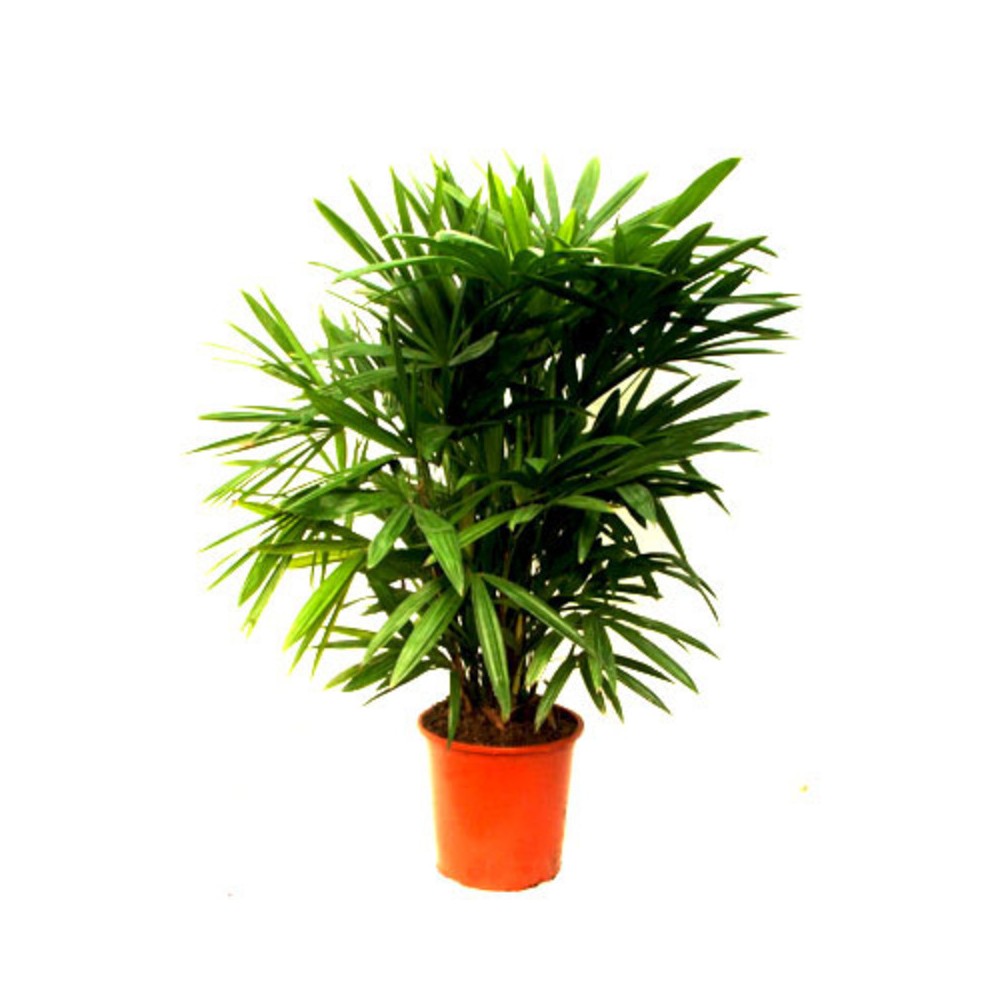



Rhapis, the Lady Palm, is grown in the garden and used indoors in homes and offices around the world. Rhapis adapts to a wide range of climates, soils, and environments, making the “lady Palm” popular for many applications.

Security policy visit http://nurserynature.com/content/10-security-policy

Shipping & Delivery Policy visit http://nurserynature.com/content/1-delivery

Cancellation & Refund Policy visit http://nurserynature.com/content/6-aeu-legal-revocation-terms
Rhapis, the Lady Palm, is grown in the garden and used indoors in homes and offices around the world. Rhapis adapts to a wide range of climates, soils, and environments, making the “lady Palm” popular for many applications.
Rhapis Planting & Care
is the most well-known and widely cultivated species, easily adapting to most interiors, and used in both tropical and subtropical landscapes throughout the world.
One distinction of Rhapis Excelsa is that it has a multitude of named varieties in green and variegated forms.
Many of these named varieties would be considered collector’s items with quite a few of the varieties being selected dwarf types.
The “Lady Palm” can grow to more than 14′ feet in height with clumps reaching enormous width, often having a diameter as wide as their height.
Large thick leaves with blunt tips and wide segments, gives Rhapis excelsa its occasional name “broadleaf lady palm”.
Sturdy canes find themselves covered with coarse, dark brown fiber. Exclesa can tolerate tropical and subtropical temperatures from 20 to 100 degrees F and handles both humid and dry climates.
A prolific producer of rhizome offshoots adds fullness and provides an easy method to increase numbers by division. In addition, seed is occasionally available.
Growth rates of Rhapis excelsa vary with culture and environment. In commercial production the Lady Palm usually grows 8″ – 12″ inches in height per year. When grown indoors as houseplants, the growth rate decreases considerably.
Find a plant that fits an area indoors and you won’t have to worry about the Rhapis outgrowing its space and it can work as a natural air cleaner.
Generally speaking growers would classify Rhapis as a slow grower. A typical 6 – 8″ potted plant has been growing in the nursery for minimum of 2 years.
It is not unusual for the larger sizes to be nursery grown for 4 – 7 years. This is one reason you find Rhapis being more expensive then other palms. Believe me, they are worth the expense.
You will find two styles of “Lady Palms” in your nurseries and garden centers. One I would call a “butterball”.
These plants, grown from seed, have lots of canes and a 3 – 4′ foot plant can be 3 – 3-1/2′ wide. Full of leaves top to bottom and you usually find these in pot sizes from 6″ up to 14″.
The other style is a more upright and open plant. These plants have been dug from the field, are thinner in appearance but have more height.
You usually find these in pot sizes from 14″ up to 28″ in heights ranging from 5 – 14′. They are more of a specimen plant with each one having its own unique look.
plant
Good one.. Good plant growth & good packing.